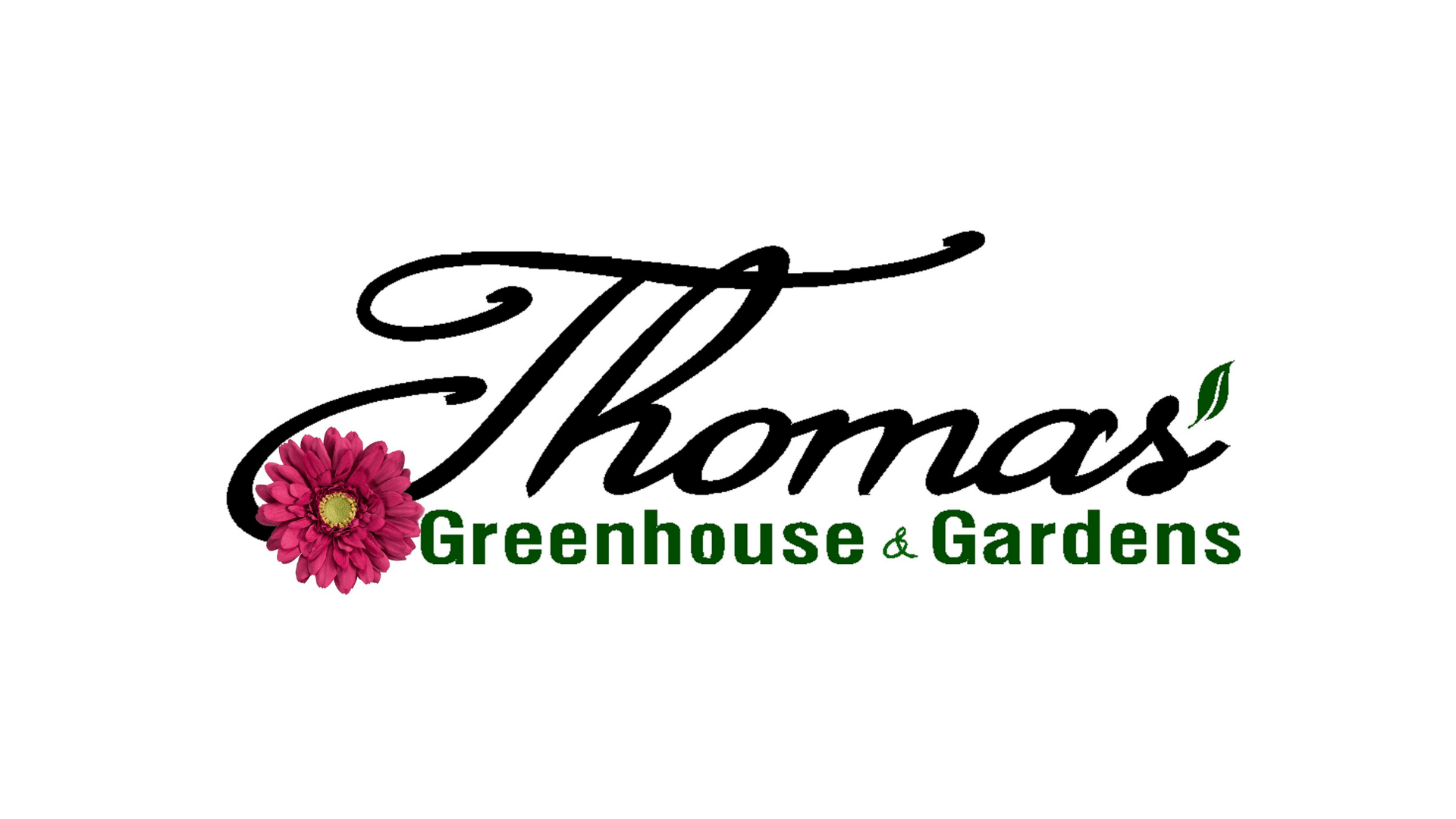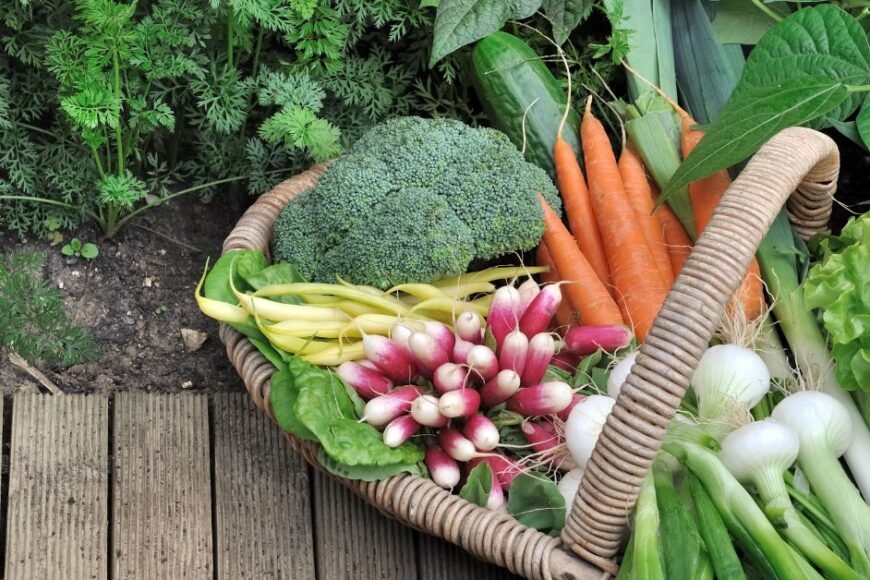Spring is a great time to start planting cool weather vegetables in your garden. These crops thrive in cooler temperatures and can provide a bountiful harvest for your table. With a few simple steps, you can get your garden started and enjoy fresh, healthy produce in no time.
What are Cool Weather Vegetables?
If you’re looking to grow your own vegetables, consider planting some cool weather crops. These plants thrive in the lower temperatures of spring and fall, and are divided into two groups: hardy and semi-hardy. Hardy vegetables can tolerate frost, while semi-hardy ones are a bit more delicate. Some great examples of cool weather vegetables include broccoli, kale, lettuce, spinach, carrots, radishes, and cilantro. Not only do these veggies grow more abundantly in cooler months, but some, like kale, can even keep their color and nutrients well into the winter.
What Cool Weather Vegetables Thrive in Southeastern Wisconsin?
Gardening and growing your own vegetables can be a rewarding experience, especially if you know what to plant and when. With an average frost-free date of May 26th, it’s best to start sowing seeds indoors for certain vegetables like eggplant, head lettuce, celery, peppers, broccoli, cauliflower, and early cabbage in late March or early April. But don’t worry if you miss that window, as there are plenty of other cool weather vegetables that can thrive in Wisconsin, such as leafy greens like lettuce, spinach, and Swiss chard, root crops like carrots and radishes, and cabbage family crops like broccoli, cabbage, and cauliflower.
Prepare Your Soil for Planting.
Before you start planting your cool weather vegetables, it’s important to prepare your soil. Start by removing any weeds or debris from the area where you plan to plant. Then, use a garden fork or tiller to loosen the soil to a depth of at least 6 inches. Add compost or other organic matter to the soil to improve its fertility and texture. Finally, rake the soil smooth and level it off before planting your seeds or seedlings.
Start Your Seeds Indoors.
Starting your seeds indoors is a great way to get a head start on your spring garden. You can start your seeds in small containers, such as peat pots or egg cartons, filled with potting soil. Make sure to keep the soil moist and place the containers in a warm, sunny location. Once the seedlings have grown a few inches tall and have developed their first set of true leaves, they are ready to be transplanted into your garden. This will give them a better chance of survival and growth in the cooler spring weather.
Transplant Your Seedlings.
Once your seedlings have grown a few inches tall and have developed their first set of true leaves, it’s time to transplant them into your garden. Choose a location that receives plenty of sunlight and has well-draining soil. Dig a hole that is slightly larger than the root ball of your seedling and gently place it in the hole. Cover the roots with soil and gently press down to secure the plant in place. Water the plant thoroughly and continue to water it regularly as it establishes itself in its new home.
Maintain Your Garden for a Successful Harvest.
Once your cool weather vegetables are planted, it’s important to maintain your garden to ensure a successful harvest. This includes regular watering, weeding, and fertilizing. Be sure to monitor your plants for any signs of pests or disease and take action immediately if necessary. As your plants grow, consider providing support such as stakes or trellises for taller plants like peas or beans. With proper care and attention, you’ll be enjoying a bountiful harvest of fresh, delicious vegetables in no time!
Have Questions About Cool Weather Vegetables?
We want you to get your garden off to a great start. Our team of gardening experts is happy to help you. We welcome your questions. Learn more about vegetables and herbs and even container gardening.
About Thomas Greenhouse & Gardens
We tend to our vegetable and herb starts our greenhouse. Our garden experts tend to them from with love and care. That means that our plants are strong, healthy and ready to be planted in your garden. We are the best choice for vegetables and herbs. Thomas Greenhouse & Garden Center is in Mukwonago near Burlington, Lake Geneva, Racine, Waukesha and Milwaukee.


